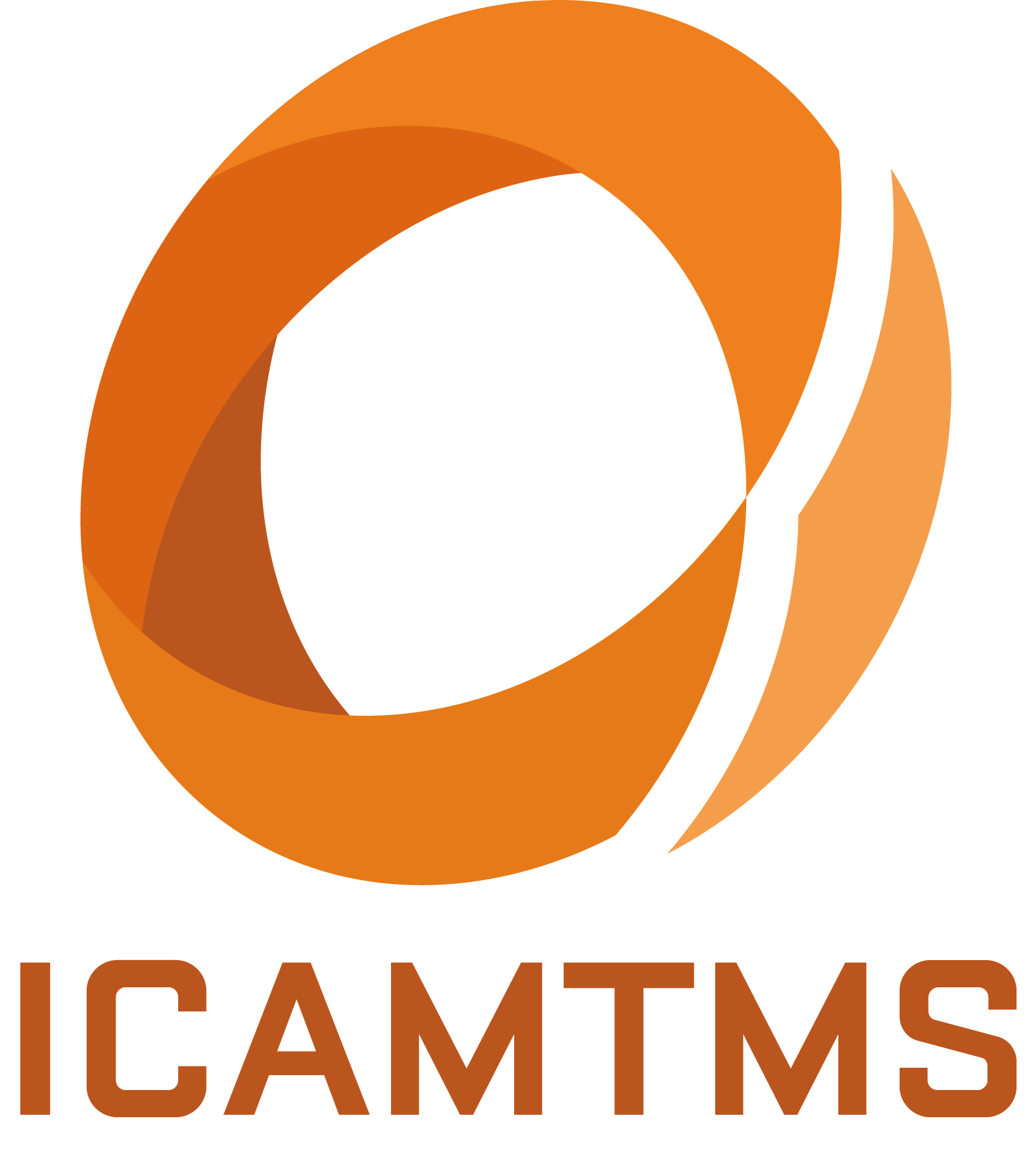
Speakers of ICAMTMS 2022
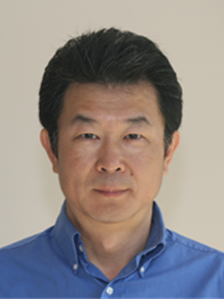
Prof. Allen Yi, The Ohio State University, USA
Experience: Prof Allen Yi received his Ph.D. in mechanical engineering from Boston University in 1993. He conducted doctoral research under the direction of Prof Thomas Bifano working on an innovative ultraprecision machining process for ceramic mirrors. He subsequently joined Corning Precision Lens as a staff scientist where his main responsibilities included development of advanced manufacturing processes of optical molds for refractive and diffractive lenses. In 2002, Prof Yi joined the Ohio State University as an assistant professor. He was promoted to associate professor with tenure in 2008 and to full professor in 2012. Prof Yi’s research activities have been in the general area of precision engineering with focus in high volume optical fabrication, advanced manufacturing processes for freeform and microoptics fabrication as well as micromachining processes for medical and biomedical device fabrication. Prof Yi’s current research interests include compression molding of glass optics, injection molding of high precision polymer optics and microlens and diffractive lens fabrication. Prof Yi has more than 100 referred journal publications and frequently presents his work at international conferences in precision optical fabrication and micromachining. Prof Yi has been the coordinator and member of the ASPE (American Society for Precision Engineering)’s scholarship review team. Outside ASPE, he frequently participates in the conferences at EUSPEN and ASPEN. Prof Yi currently served as the associate editor for both Advanced Optical Technologies and International Journal of Extreme Manufacturing.
Title: Ultraprecision Machining and Replication of Precision Optics
Abstract: Ultraprecision machining, particularly processes at micro and meso scale play an important role in optical, medical and biomedical device fabrication. Successful implementation of these devices depends on two conflicting factors – high quality and low cost. To this end, first ultraprecision machining can be used to guarantee high precision in mold or master fabrication. To reduce production cost, some types of high volume processes such as injection molding, hotembossing, cleanroom and noncleanroom lithography are widely adopted. For example, mold inserts for the entire camera assemblies used in mobile phones are first precision machined then injection molded. Historically, ultraprecision machining such as diamond turning, microgrinding were developed to create components with extremely high geometric tolerance and surface finish. To achieve high productivity, lower production cost, high volume replication processes are introduced. To maintain high quality replication processes, material properties and forming conditions have been the focus of recent investigations using both experimental and numerical modeling approaches. In this presentation, we will review the most recent research activities at Ohio State in ultraprecision machining process – diamond turning process, freeform diamond machining based on slow and fast tool servo processes and lithographic processes which are used to fabricate masters for high volume replication process. In addition, high volume production processes such as compression molding of glass optics, hotembossing and injection molding of precision optics are presented.
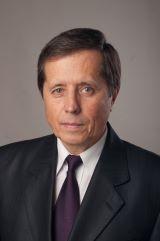
Prof. Volodymyr Loboda, Dnipro National University, Ukraine
Experience: Prof Volodymyr Loboda received his Ph.D. in mechanics from Kyiv University, Ukraine in 1978. He continued research work in 80-th and got his habilitation from Dnipropetrovsk State University in 1991. He became a Professor in 1996. Since 1992 till 2016 he was Head of the Department of Theoretical and Applied Mechanics of Dnipropetrovsk State University and afterword till now he is the Head of the Department of Theoretical and Computational Mechanics of Oles Honchar Dnipro National University. Prof Loboda’s research activities have been in modeling of destruction processes of composite, in particular, piezoactive materials. He was the first to formulate mathematical models and to obtain exact solutions of problems for bodies with cracks between anisotropic, piezoelectric and piezoelectromagnetic materials, taking into account the contact of the crack faces. He developed and analyzed new models of near-tip zones for interface cracks under different variants of electrical boundary conditions on their faces. Priority results were obtained for the study of the stress-strain state of composite structures with angular points and other stress concentrators. Prof Loboda is the author of 330 scientific papers. Among them are 8 monographs, two of which are published by Springer. 111 scientific papers have been published in the Scopus database, of which more than 70 are articles in the leading international journals of the quartile Q1. He had research grants from USA, Germany and France, including 4 DAAD scholarships (1996, 2000, 2004, 2008). He was a visiting professor at the University of Paderborn (Germany) and the Institute of Modern Mechanics (France). He presented reports, including plenary, at scientific conferences in Ukraine, Germany, USA, France, Japan, Switzerland, Denmark and other countries.
Title: Elecro-mechanical analysis of an inclusion with stepwise rigidity between piezoelectric materials
Abstract: Piezoelectric materials are widely used in engineering applications because they produce an electric field when being deformed and undergo deformation when subjected to an electric field. A plane problem for an electrically insulated inclusion at the interface of two piezoelectric semi-infinite spaces under the action of antiplane mechanical and in-plane electric loadings is analyzed. One zone of the inclusion is absolutely rigid while the other part is mechanically soft. The presentations of all electro-mechanical quantities via sectionally-analytic vector-functions are obtained. With use of these presentations, the combined Dirichlet-Riemann boundary value problem is formulated and an exact analytical solution of this problem is presented. Due to this solution, the closed form analytical expressions for the required electro-mechanical quantities along the material interface are derived. Particularly the stress jump along the mechanically rigid part of the inclusion is found and additionally the variation of this stress along its upper face is also given. The values of electromechanical quantities along the corresponding parts of the material interface are presented graphically. Singular points of the shear stress, strain and also the electric displacement and field are found and the corresponding intensity factors are determined. The dependence of the stress intensity factor on the intensity of the electric displacement and the coefficient between the rigid and soft zone lengths are investigated.
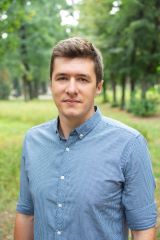
A.Prof.Oleg Onopriienko, Dnipro State Agrarian and Economic University, Dnipro
Experience:Dr. Oleg Onopriienko received his Ph.D. in mechanics of solids from l’universite de Clermont-Ferrand (France) in 2018 and had the opportunity to develop a sound understanding solid mechanics through coursework, assignments, and projects during the course of studies. He conducted doctoral research under the direction of Prof Volodymyr Loboda and Prof Yuri Lapusta working on new methods for the investigation of composite structures with corner points and interface cracks. He was employed as an associated professor (2018-Present) at the Department of Theoretical Mechanics, Material Resistance and Material Knowledge of Dnipro State Agrarian and Economic University. Dr. Onopriienko’s current research interests lie in the area of solid mechanics, fracture mechanics and applied mathematics. Dr. Onopriienko has more than 15 referred journal publications and frequently presents his work at international and Ukrainian conferences.
Title: Fracture analysis of an electrically conductive interface crack in piezoelectric composites
Abstract: Piezoelectric materials, especially piezoelectric ceramics, have more and more applications in modern technologies due to their inherent electromechanical coupling effect. Typical examples illustrating the use of these materials include transducers, sensors, converters, actuators, and other components of smart structures and systems. These smart devices usually have a composite structure; therefore, because of the brittleness and the low strength of piezoelectric materials, interface delamination can appear during the manufacturing process or during service by impact electric and mechanical loadings. This delamination can lead to interface cracks, which are the most dangerous kind of defects in such structures. In this presentation, a partially electroded interface crack between two different piezoelectric materials under the action of anti-plane mechanical and in-plane electric loadings is analyzed. From the point of view of the boundary conditions on the crack faces, one zone of the crack faces in such crack can be considered as electrically conductive while the other parts are electrically permeable. This leads to a nontrivial mixed boundary value problem which becomes mathematically much more complicated than for uniform ones. An exact analytical solution of this problem is obtained. Analytical expressions for the shear stress, electric field and also for displacement jump of the crack faces are derived. These values are also presented graphically along the corresponding parts of the material interface. The intensity factors for stress and electric fields are determined as well.
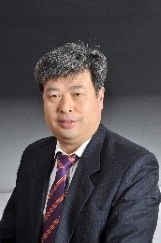
Prof. Jie Sun, Shandong University, China
Experience: Jie Sun is Professor and doctoral supervisor at School of Mechanical Engineering, Shandong University. He is the director of Research Center for Aeronautical Component Manufacturing Technology & Equipment, Shandong University. He the Leading Talents of Quancheng Industry, member of Application and Innovation Center of Resin Matrix Composites for National Defense Industry. He has undertaken more than 30 research programs including the key project in the field of National High Technology Research and Development Program of China (863 plan), the Major National Research and Development Projects, National Defense Scientific Research, National Natural Science Foundation of China and other projects. He has published more than 180 academic papers, one monograph. He got 30 authorized patents of invention. He also won 3 awards above provincial and ministerial level. His major research fields include (1)High-performance machining and accuracy control of aerospace components, (2)Intelligent manufacturing monitoring technology and equipment, (3)Metal 3D printing.
Title: On-line intelligent monitoring of cutting tool condition and smart tool holder technology
Abstract:Cutting tool has a great influence on basic manufacturing level and capability. The damage of cutting tool such as thermal crack, damage, bond cracking, breakage, bond falling off are inevitable, which do harms to machine quality. With the rapid development of sensor technology and artificial intelligence algorithm, indirect monitoring method has become the main means to realize on-line intelligent monitoring of tool condition. In this study, mapping relationship between tool wear status and sensor signals are established. Tool wear identification model based on singular analysis is studied. Intelligent tool holder for vibration measurement is developed. At last, integrated cutting process monitoring system with the ability of "perception – analysis - decision" is constructed.
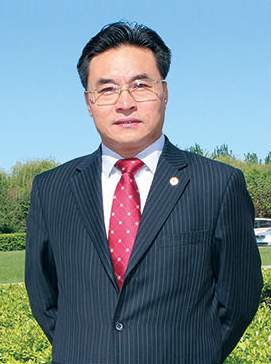
Prof. Xiangdong Kong, Yanshan University, China
Experience: Xiangdong Kong is a male and a member of the Communist Party of China. He is a professor and doctoral supervisor of Yanshan University, whose research interest is fluid power transmission and control. Experts with special allowance of The State Council, high-end talents of Hebei Province, outstanding expert of Hebei Province, excellent returnees of Hebei Province. He is now the director of the National and Local Joint Engineering Research Center for Advanced Manufacturing Forming Technology and Equipment, the director of Hebei Province Heavy Machinery Fluid Power Transmission and Control Laboratory, and the director of the Machinery Industry Fluid Power Transmission Technology Key Laboratory. He is also an honorary member of the council of the China Mechanical Engineering Society, honorary chairman of committee of Fluid Transmission and Control Branch of China Mechanical Engineering Society, member of the Teaching Steering Committee of Higher Education Machinery Majors of the Ministry of Education, and leader of the national "Electromechanical and Hydraulic Integration Teaching Team", etc.
He has presided over more than 100 projects, such as the National Key Research and Development Program, National Natural Science Foundation of China major projects, National Key Basic Research Program (973 Program) projects, National Science and Technology Support Program, provincial and ministerial projects and enterprise cooperation projects. More than 100 national patents have been authorized, 8 books have been published, and more than 200 papers have been published. He has won 4 first prizes of provincial Science and Technology Progress and 4 provincial Teaching Achievement prizes.
Title: Design Theory and Control Method of Hydraulic Drive for Legged Robot
Abstract: The report first introduces the military and civilian applications of legged robots, and also comparing the load capacities of hydraulic and motor-driven legged robots. The hydraulic drive system of the legged robot's hydraulic drive system is detailed, as well as the foreign technical developments of hydraulic oil sources, hydraulic muscles, and hydraulic nerves. The hydraulic drive system of a legged robot is examined from three perspectives: system-level matching, component-level design optimization, and control-level multi-layer framework. Secondly, the research work and achievements of this team in the hydraulic drive direction of legged robot are shared, including the lightweight matching design theory of hydraulic system based on load matching and hinge position optimization, the miniaturization of hydraulic oil source and the integrated design method of hydraulic muscle based on spatial arrangement and bionic design, and the multi-layer fusion control method of hydraulic nerve based on bottom joint precision control + middle compliant control + top attitude planning. Finally, the development trend of hydraulic drive of legged robot in the future is expected to be bionic matching of system parameters, integration of mechanical, electrical and hydraulic control of components and multi-layer closed-loop fusion of control.
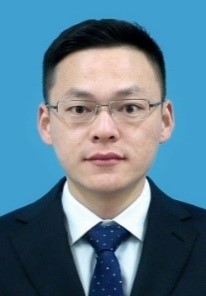
Prof. Dahu Zhu, Wuhan University of Technology, China
朱大虎教授,武汉理工大学
Experience: Dahu Zhu is a professor and doctoral director at the Wuhan University of Technology, China. He received a Ph.D. in Mechanical Manufacturing and Automation from Donghua University in 2011 and then conducted his postdoctoral research at the State Key Laboratory of Digital Manufacturing Equipment and Technology, Huazhong University of Science and Technology from 2011 to 2013. His research interests include robotic machining, digital manufacturing, and machine vision. He published more than 40 papers, including 2 ESI highly cited papers, and obtained more than 20 invention patents.
Title: Robotic grinding of complex components: A step towards efficient and intelligent machining – challenges, solutions, and applications
Abstract: Robotic grinding is considered as an alternative towards the efficient and intelligent machining of complex components by virtue of its flexibility, intelligence and cost efficiency, particularly in comparison with the current mainstream manufacturing modes. The advances in robotic grinding during the past one to two decades present two extremes: one aims to solve the problem of precision machining of small-scale complex surfaces, the other emphasizes on the efficient machining of large-scale complex structures. To achieve efficient and intelligent grinding of these two different types of complex components, researchers have attempted to conquer key technologies and develop relevant machining system. In this speech, I will present a systematic, critical, and comprehensively review of all aspects of robotic grinding of complex components, especially focusing on three research objectives of challenges, solutions, and applications.